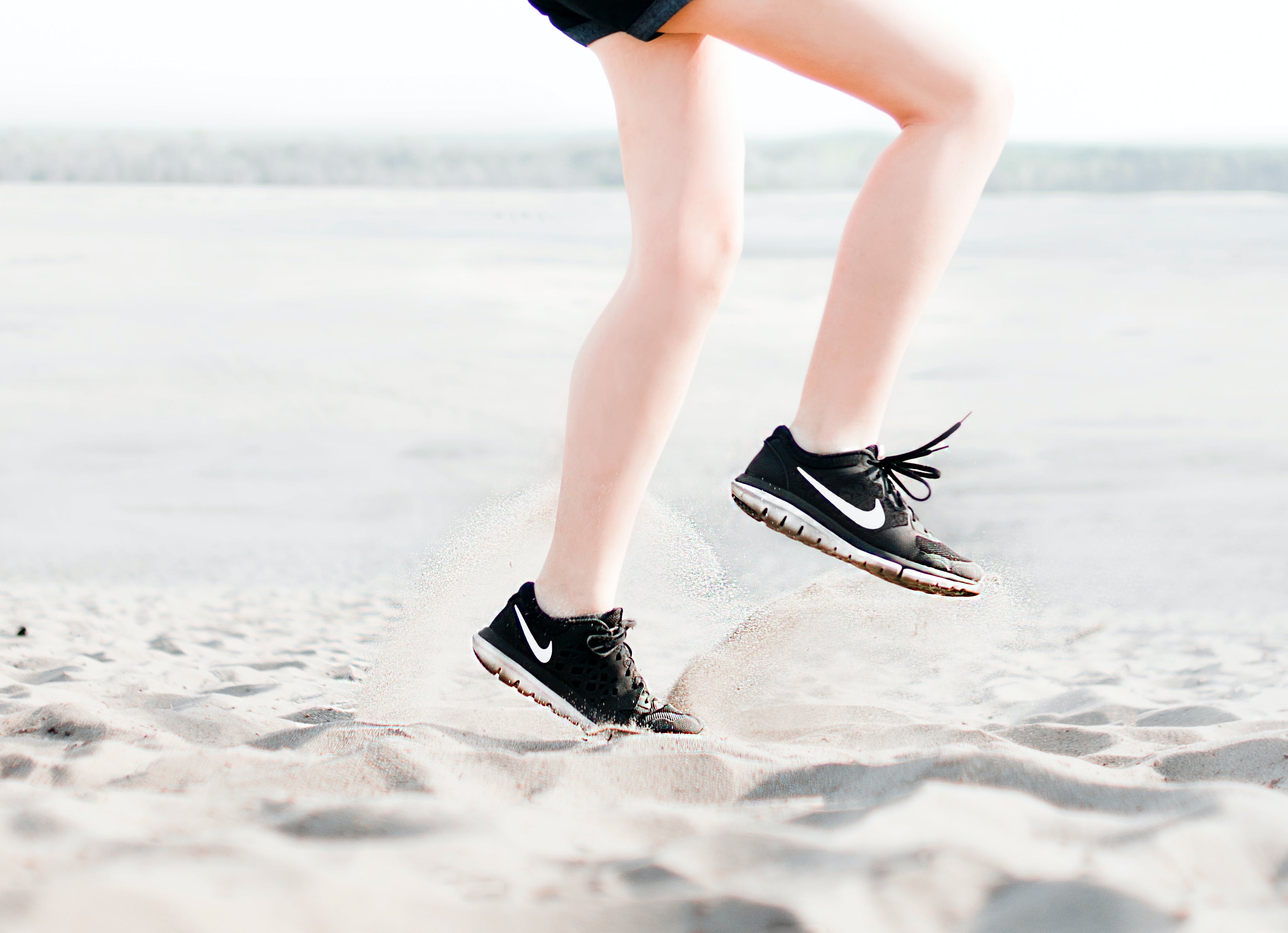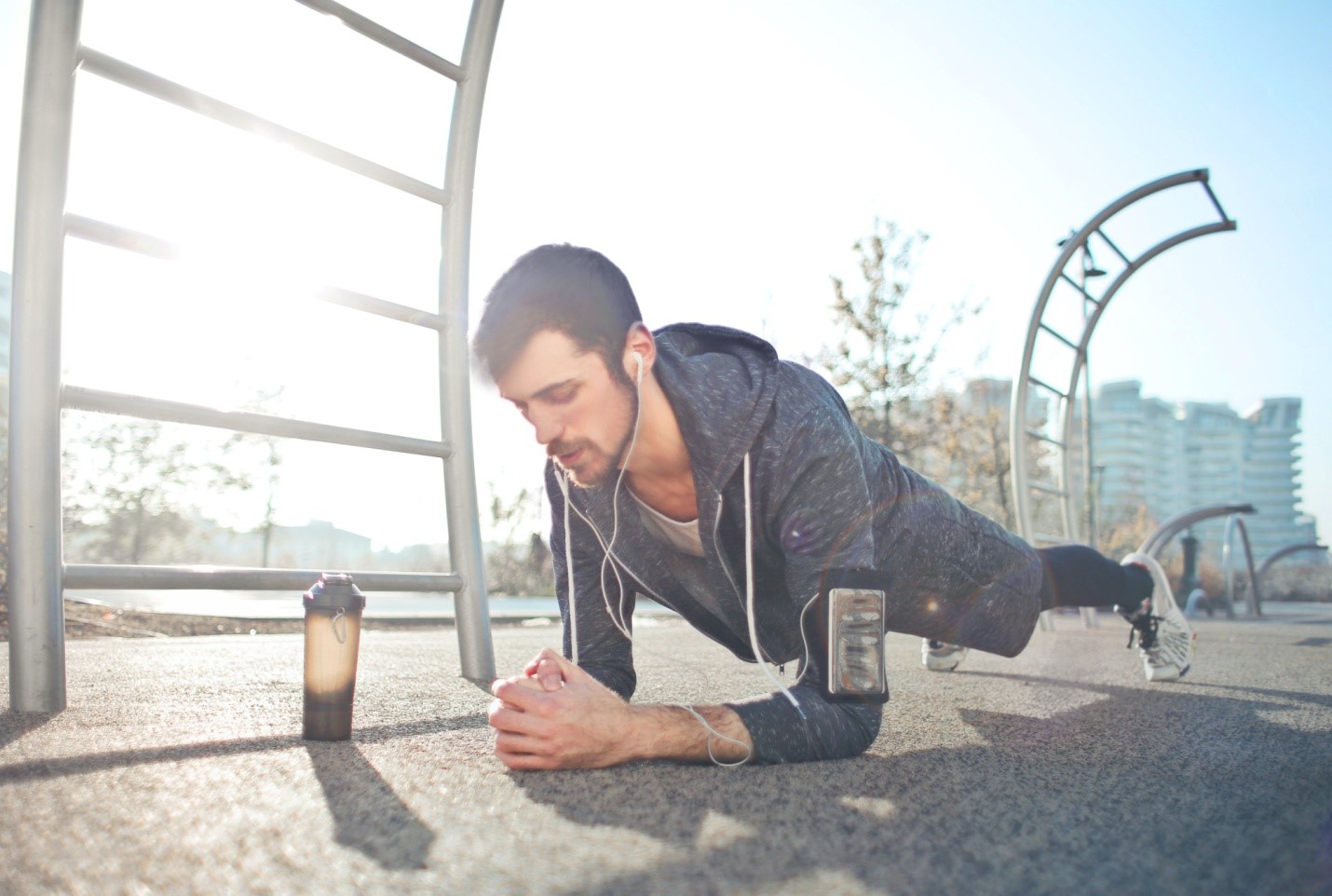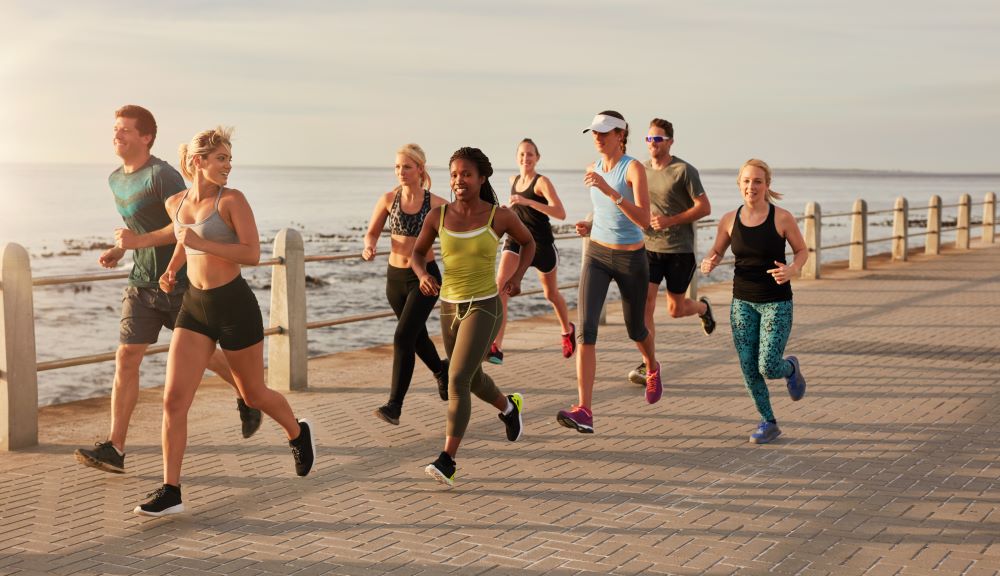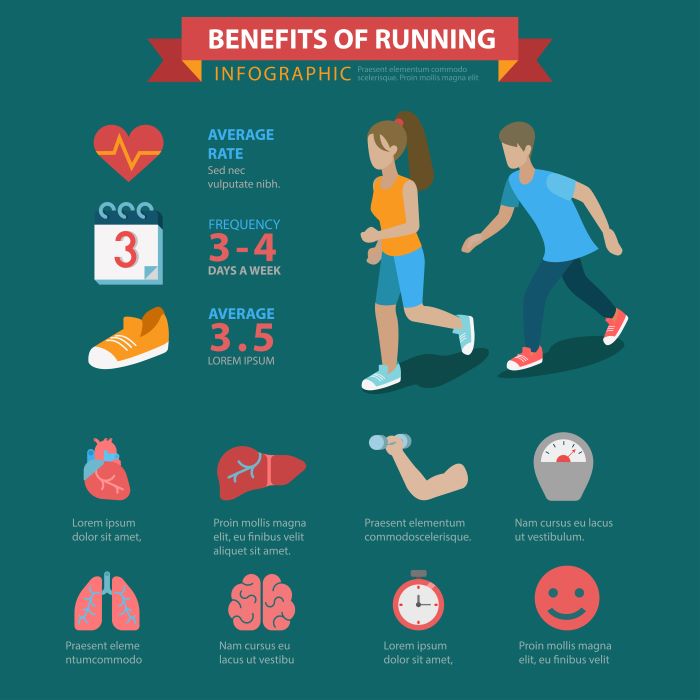When embarking on a half marathon training journey, understanding the mechanics of knee pain is crucial for every runner. Knee pain can arise from various sources, often linked to training intensity, running form, and even footwear choices. Here are some key factors that contribute to this discomfort:
- Overuse: Increasing mileage too quickly can strain the knee joints.
- Poor Form: Improper running mechanics can lead to misalignment and stress on the knees.
- Inadequate Footwear: Worn-out shoes or those lacking proper support can exacerbate knee issues.
In addition to these factors, it’s also essential to consider the terrain on which you’re training. Hard surfaces like concrete can increase the impact on your knees, while softer trails may provide a more forgiving experience. To protect your knees while training, incorporate strength training exercises targeting the muscles around the knee, such as the quadriceps, hamstrings, and calves.
By understanding the causes of knee pain and taking proactive measures, you can enjoy a more fulfilling training experience. Visit our website to learn more and get started today! Click here.
Importance of Proper Running Technique for Injury Prevention
Adopting the right running technique is vital not only for enhancing performance but also for preventing injuries, particularly knee pain during half marathon training. Proper form can significantly reduce the impact on your joints, making each run more efficient and enjoyable. Here are several key components to consider:
- Posture: Maintain an upright position with a slight forward lean. This alignment helps distribute your weight evenly, reducing stress on the knees.
- Footstrike: Aim for a midfoot or forefoot strike instead of a heavy heel strike. This helps to absorb shock more effectively and minimizes the risk of knee injuries.
- Stride Length: Shorter strides can be more beneficial as they reduce the impact and allow for better control. Overstriding can lead to increased stress on the knee joint.
- Arm Movement: Keep your arms relaxed and at a 90-degree angle. Proper arm movement aids in maintaining balance and rhythm, contributing to a smoother running form.
Practicing these elements during training can foster muscle memory, making proper technique second nature over time. Additionally, consider recording yourself to analyze your form or seek guidance from a professional coach.
Ultimately, prioritizing proper running technique not only enhances performance but also serves as a cornerstone for injury prevention, particularly knee pain associated with long-distance running.
Essential Strengthening Exercises for Runners

Incorporating strengthening exercises into your training routine is crucial for runners, especially when preparing for a half marathon. These exercises not only enhance overall performance but also play a vital role in preventing injuries, including knee pain. Here are some essential exercises that target key muscle groups used in running:
- Squats: This foundational exercise strengthens the quadriceps, hamstrings, and glutes, providing stability and support for your knees. Aim for 3 sets of 10-15 repetitions.
- Lunges: Forward and side lunges improve leg strength and balance while engaging the core. Incorporate variations like walking lunges to challenge yourself further.
- Planks: A strong core is essential for maintaining proper running form. Planks target your abdominal muscles and help improve stability, reducing strain on your knees.
- Calf Raises: Strengthening your calves can greatly benefit your running performance. Try doing calf raises on a step to engage a greater range of motion.
- Hip Bridges: This exercise targets the glutes and hamstrings, helping to stabilize your pelvis and reduce knee strain during runs.
Incorporate these strengthening exercises into your routine at least two to three times a week. Not only will they enhance your muscle endurance, but they will also support your joints, helping you to run longer distances with less risk of injury. Remember to focus on proper form and gradually increase the intensity to avoid overtraining.
Choosing the Right Footwear for Half Marathon Training

Selecting the right footwear is one of the most critical decisions you can make for your half marathon training. The proper running shoes not only enhance your performance but also play a significant role in preventing injuries, particularly knee pain. Here are some key factors to consider when choosing your running shoes:
- Foot Type: Understanding your foot type—whether you have flat feet, high arches, or a neutral arch—is essential. This will help you find shoes that provide appropriate support and cushioning.
- Fit: Proper fit is crucial. Ensure there’s about a thumb’s width of space between your longest toe and the end of the shoe to prevent discomfort during long runs. A snug fit around the midfoot and heel will help prevent blisters.
- Cushioning: Depending on your running style and preference, the level of cushioning can vary. If you tend to run on hard surfaces, opt for shoes with more cushioning to absorb impact and reduce stress on your knees.
- Terrain: Consider where you’ll be running most often. Trail running shoes are designed with more grip and stability for uneven surfaces, while road running shoes are lighter and more streamlined for pavement.
- Try Before You Buy: Always try on shoes at the end of the day when your feet are slightly swollen. Walk or jog around the store to ensure they feel comfortable and supportive.
Investing time in selecting the right footwear can significantly improve your training experience and reduce the risk of injury. Make sure to replace your running shoes every 300-500 miles to maintain optimal support and cushioning.
Effective Recovery Strategies to Alleviate Knee Pain

Incorporating effective recovery strategies into your training regimen is vital to alleviate knee pain and ensure a successful half marathon journey. Recovery not only helps your body heal but also prepares you for your next run. Here are some essential recovery strategies to consider:
- Rest and Recovery Days: Allow your body to recuperate by scheduling regular rest days. This gives your muscles and joints time to heal, reducing the risk of overuse injuries.
- Ice Therapy: Applying ice to your knees after long runs can help reduce inflammation and alleviate pain. Aim for 15-20 minutes of icing to soothe your joints.
- Stretching and Flexibility: Engage in post-run stretching to maintain flexibility in your muscles and joints. Focus on stretches for your hamstrings, quadriceps, and calves, as tightness in these areas can contribute to knee discomfort.
- Foam Rolling: Using a foam roller can assist in releasing muscle tightness and improving blood flow to the affected areas. Target your IT band, quads, and hamstrings to prevent stiffness.
- Strength Training: Incorporate strength training exercises focusing on your core, hips, and legs. Developing strength in these areas can help stabilize your knees during runs, reducing the likelihood of pain.
- Hydration and Nutrition: Maintaining proper hydration and a balanced diet rich in anti-inflammatory foods can promote recovery. Foods high in omega-3 fatty acids, antioxidants, and vitamins can help reduce inflammation and support joint health.
By prioritizing these recovery strategies, you can manage knee pain effectively and enhance your overall running performance. Listening to your body and adjusting your training routine accordingly will lead to a more enjoyable and injury-free running experience.
Listening to Your Body: Signs of Overtraining and Injury

The journey to completing a half marathon can be exhilarating, but it’s crucial to stay attuned to your body’s signals to prevent overtraining and injuries. Ignoring these signs can lead to long-term setbacks, including persistent knee pain. Here are some common indicators that you might be pushing yourself too hard:
- Persistent Pain: If you experience ongoing discomfort in your knees or any other joints, it may be your body’s way of signaling that something is wrong. Do not dismiss this pain; consult with a healthcare professional.
- Fatigue: Feeling excessively tired, both physically and mentally, can indicate that your body needs a break. Overtraining can lead to burnout, affecting not just your running performance but also your overall well-being.
- Decreased Performance: A sudden drop in your running pace or endurance can be a red flag. If you find it challenging to achieve your usual times or distances, it may be time to reevaluate your training intensity.
- Increased Heart Rate: An elevated resting heart rate can suggest that your body is under stress. Monitor your heart rate regularly; a significant increase may indicate overtraining.
- Sleep Disturbances: Difficulty falling asleep or disrupted sleep patterns can be a sign of overtraining. Proper sleep is essential for recovery and overall performance.
Listening to your body is paramount for a successful running journey. If you notice any of these symptoms, take the time to rest and recover. Adjust your training plan as needed to prioritize your health. Visit our website to learn more and get started today! Click here.


